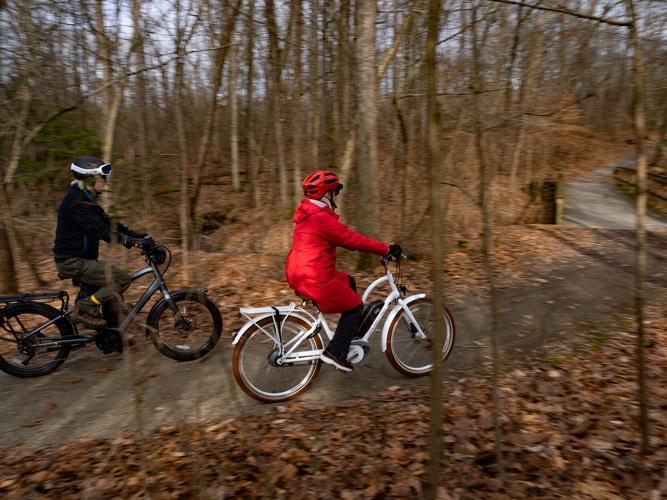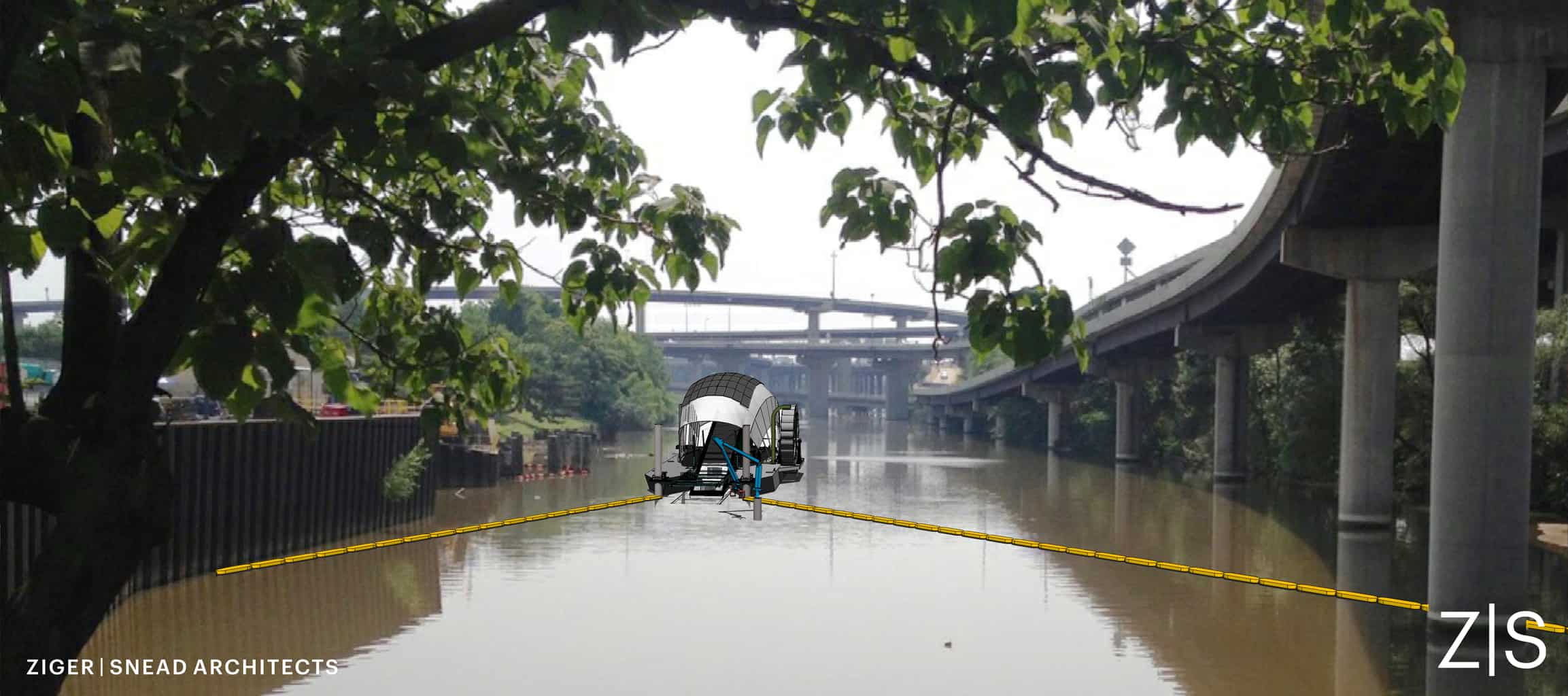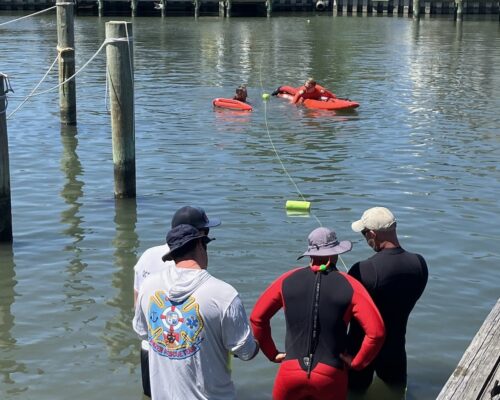By Ad Crable, Bay Journal News Service
Electric bikes, one of the hottest trends in recreation, can be a godsend for people getting on in years or with medical impairments, helping them heal, stay fit and continue to enjoy the many benefits of being outdoors. Even healthy people say that the pedal-assist feature on e-bikes allows them to go farther, climb steeper hills and see more scenery than on a standard bicycle.
Nationwide, annual sales of e-bikes have climbed rapidly, increasing by more than 80 percent from 2020 to 2022. Costs range from $700 to $5,000 and more. A charged battery lasts for about 30–100 miles. The common 750-watt motors provide roughly the same power as the legs of a professional bike racer, leading some exercise purists to view them as “cheating.”
The quiet, motorized e-bikes can go quite fast—even without pedaling on many models—sometimes startling hikers, joggers, dog-walkers and horseback riders. Trail managers often field complaints from people who were surprised by e-bikes passing or bearing down on them from behind.
“I’ve been shoved off the path by people coming down the trail at me at ungodly speeds,” said Jim Hearn, who heads an advisory committee governing the use of the Enola Low Grade Rail Trail in Lancaster County, Penn. “They are not pedaling at all. They’re basically dirt-biking on the trail.”
But others point out that, on a smooth, flat trail, conventional multi-geared bicycles can easily and just as quietly zip along at 20-plus mph.
The growing popularity of e-bikes has triggered environmental concerns, too. E-bikes are generally heavier and often come with fat knobby tires, inviting concerns about damage and increased erosion on dirt trails. Some also worry that e-bikes will send people farther into the backcountry, spoiling the wilderness experience, if not the wilderness itself. Similarly, some fret that the popularity of e-bikes is leading to overcrowded trails.
All of this has public officials and land managers in the Chesapeake Bay region scrambling to determine whether e-bikes should be treated as motorized or nonmotorized vehicles and how best to blend them into trails already seeing record numbers of users. Early on, most managers waited to gauge how this new activity unfolded before setting rules. But the number of e-bikes showing up on trails and in parks has forced the hands of many.
E-bike regulations in Bay states vary widely, and many have already been modified from original guidelines. A popular 1,105-acre park in Lancaster County, Penn., bans e-bikes from mountain bike trails and roads.
Yet a heavily used rail-trail in the same county allows e-bikes without restrictions. “I guess [e-bike riders] have been respectful. We haven’t had any real issues,” said Ryan Strohecker, manager of the Manor Township Enola Low Grade Trail.
At first, the U.S. Forest Service ruled that e-bikes were motorized vehicles and prohibited them on trails in national forests, restricting them to roads and other routes open to motor vehicles. But in late 2022, the agency said it would make e-bikes a distinct category and allow officials in each national forest to determine usage rules.
The National Park Service in 2019 decided to allow e-bikes wherever conventional bikes were allowed on roads and on its 16,000 miles of single-track trails. But after a consortium of conservation groups sued, a federal judge in July 2022 ruled that the agency must invite public views and weigh effects on the environment, including wildlife, because those weren’t considered in setting the open-ended policy.
Maryland considers e-bikes the same as regular bicycles if the motors are no more powerful than 750 watts and can’t go faster than 28 mph. But e-bikes are prohibited, with some exceptions, on hiking and biking trails in state parks and forests. Exceptions include the Torrey C. Brown Rail Trail in Baltimore County and the Western Maryland Rail Trail, but in both cases e-bikers must be pedaling when motors are on and can’t use pedal assist at speeds of more than 20 mph.
In Virginia, e-bikes are regulated like regular bicycles, but cities, towns and state agencies can set their own rules. In state parks and wildlife management areas, e-bikes can be ridden wherever conventional bikes are allowed if they have a feature that cuts off the electric motor when their speed reaches 20 mph.
In and around Washington, D.C., e-bikes are prohibited on many park trails. Exceptions include the C&O Canal, Rock Creek Park Multi-Use Trail and the 18-mile paved Mount Vernon Trail.
To be sure, even those who want to limit e-bikes on trails acknowledge that the pedal-assisted bikes have provided a new lease on outdoors life for many.
One study found that riders of regular bicycles who purchased e-bikes rode nearly twice as much as before.
You can read this story in its entirety at bayjournal.com.




